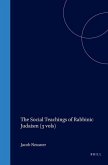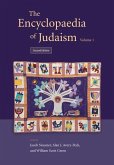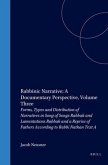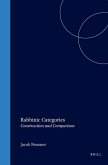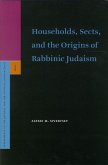A three part set of monographs on the coherence of Rabbinic Judaism in its literature: Part one: In the Rabbinic literature of late antiquity disputes and alternative interpretations of a common datum form a medium of expressing coherence. Part two, system over self, asks about the role of individual sayings and traditions. The Bavli imposes on received sayings and stories its forms and topical Halakhic program. Part three: Talmudic knowledge, asks, do the types ands forms of Mishnah-exegesis and Halakhah-analysis of the Bavli make possible a sequential history of the Talmudic knowledge, layer by layer, for example, generation by generation? With adequately classified data in hand, we may describe the generative logic of Talmudic analysis as that exegetical and analytical process unfolding in sequences is signified by the requirements of a pure, atemporal dialectics.
Hinweis: Dieser Artikel kann nur an eine deutsche Lieferadresse ausgeliefert werden.
Hinweis: Dieser Artikel kann nur an eine deutsche Lieferadresse ausgeliefert werden.

